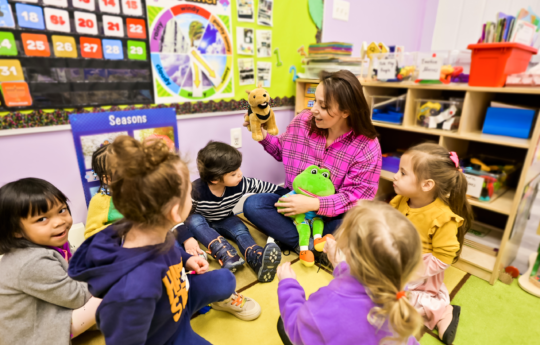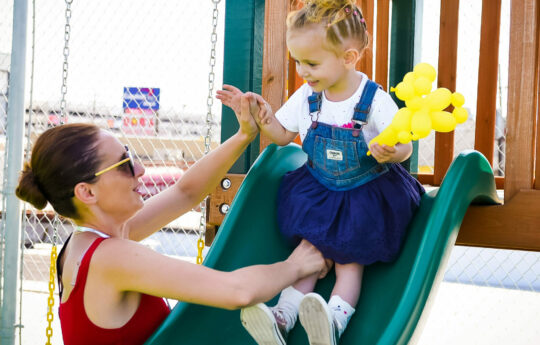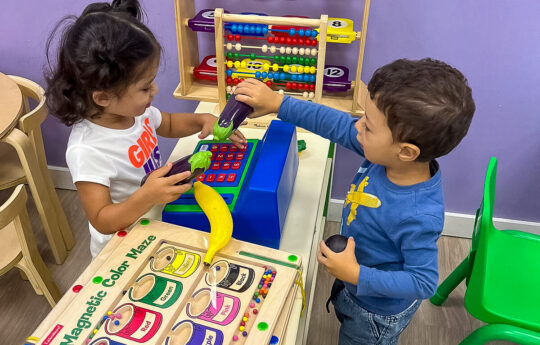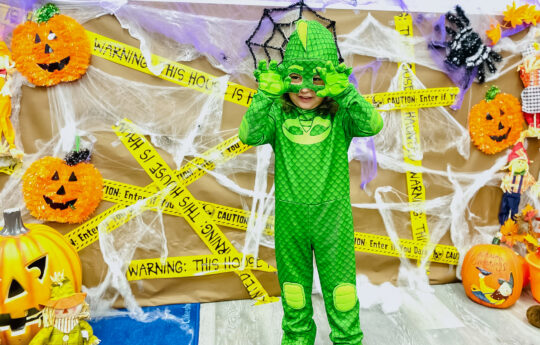
The New year is a great opportunity to make resolutions for the next year. Such a task will energize you and the kid and inspire them to try new things. When you compose a list of goals, you’ll notice how your energy level rises. Simply said, you must write them properly. Already have plenty of colored pens and paper on hand? Then let’s get going!
The first and most crucial stage in the goal-setting process is setting the aim correctly. Competent wording already often contains answers – what, how and in what sequence to do and how to prioritize correctly.
A map of aspirations
Ask the youngster to draw themself in the middle of a piece of paper. It can be anything the youngster identifies with himself, such as a self-portrait, a photo, a symbol, a name, or a nickname.
Next, have them respond to the following queries:
- What would you like to be able to do by the end of the next year? For example, learn to draw animals.
- What activities interest you? For instance, go on a vacation, visit an amusement park.
- What would you like to receive? For example, a new rare toy, a dog.
It is not difficult to see that the goal is “the one”. If the child’s eyes light up when you mention it, you’re on the correct route.
Now picture the goals. Draw these along with your youngster or select pictures from the internet.
Place the child’s portrait surrounded by other images and hang it in a noticeable location in the house.
How to instill in a youngster the value of goal-setting and boost their self-assurance
Tip 1: Celebrate even the slightest of the child’s accomplishments.
Children sometimes fail to recognize or value their accomplishments. Together, make a list of your child’s most recent accomplishments, including everything that made you proud.
Tip 2: Respect your child’s decision.
No matter how strong the want is, it is not worthwhile to make decisions for the child. A kid won’t know what they want out of life if you constantly tell them what to do, and they won’t be able to truly believe in themselves.
Talk to your child about their goals and passions, allow them to make their own decisions, and assist them in developing a strategy. They will require your assistance throughout the process, but keep in mind that they will only get priceless life experience if he sets their own goals independently.
Tip 3: Start Small
Start by assisting your child in establishing a short-term goal that they can accomplish, such as finishing a book, completing a painting, learning to skate, etc. Tiny goals are a great approach to prepare for larger ones since even small accomplishments often spur greater ones.
The most important thing is to allow every child the chance to explore their desires on their own and try to put them into words. After that, set appropriate goals and consider a feasible strategy for reaching them in a joint effort with adults, including both teachers and parents.




